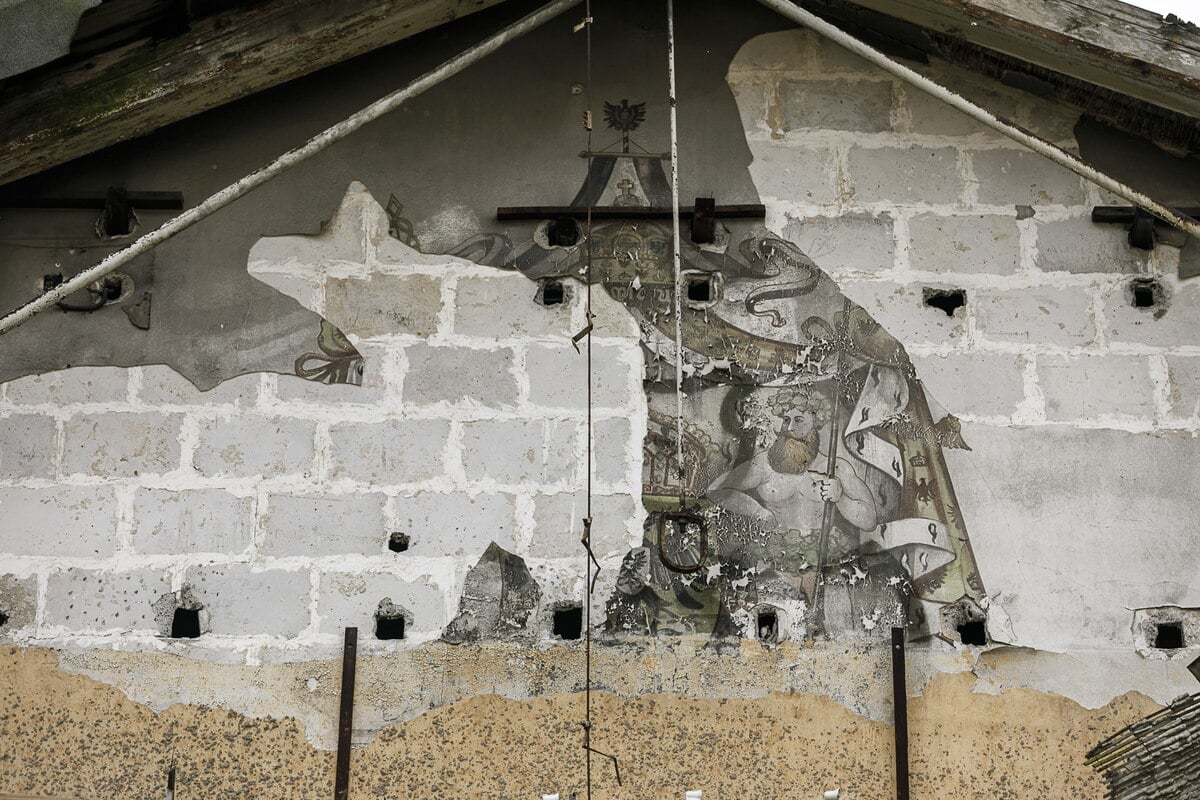Most will be delighted: thanks to teleworking, no more long hours spent in the train, endless traffic jams or cycling slaloms between cars to get to work.
This saves precious time and reduces stress and fatigue associated with transport. At least for the majority: some feel the absence of this routine as a cruel lack.
Every morning, Holly Hein warmed up to her bus, reading a book during her 45-minute trip to the University of Portland (Oregon), where she held an administrative position.
When the pandemic broke out in March, she was forced to perform her job remotely from home. It is not precisely his bus trip that he misses, but the “cut” between work and home.
“I need a contrast between the two”, testifies the employee in the Wall Street Journal. Every morning, after her coffee, Holly Hein puts on her work clothes and leaves for a little neighborhood tour of 15 minutes, before returning for 9 a.m. sharp to start her working day.
Like Holly Hein, thousands of teleworkers recreate a false journey that gives them the illusion of leaving for work. A way to delimit his working day, which has a furious tendency to encroach on personal life.
The excitement of traffic jam
Going straight from breakfast toast to their computer keyboard is difficult for some, who need a breathing space.
Eddie Fairchild, a consultant living in Florida, used to listen to his favorite podcasts and make phone calls to his loved ones during the hours of driving when he visited his clients.
With its virtual meetings, no more traffic jams… but also podcasts and phone calls. So he invented a false trip, wandering twice a week by car in the streets of his suburbs or stopping in a take-out coffee shop.
Of course, the traffic is less intense during this period, but Eddie Fairchild takes great care to go out around 7 am or 5:30 in the evening, where he is most likely to find people on the road. Recently he admits to having been “excited” to find himself in a traffic jam forcing him to take an alternative route.
Others go out for a bit of a bike ride, or put on their sneakers for a stroll around the area. Because time saved on journeys doesn’t just translate into extra minutes of leisure or more sleep time.
According to a study from October 2020, 35% of the time saved on transport was thus spent… working more. The “metro-work-sleep” has therefore quite simply turned into “work-sleep”.
To avoid this side effect, it is advisable to align your schedules with those of work in the office, and to reserve a time slot before and after work devoted to a sport or a leisure activity to “clear your head”.
–


